What are Superfoods?
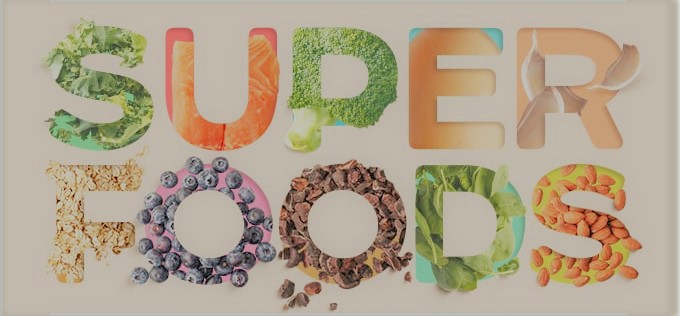
There is no strict definition of what can be considered a superfood. One thing is certain – superfoods should be high in minerals, vitamins, antioxidants, and other chemicals important to our body. Super products should be of natural origin and their regular consumption should have beneficial health effects. Products known as superfoods are fruits, vegetables, herbs (also in powdered form), drinks, and juices.
Superfoods are rich in substances that have anti-cancer, antioxidant, blood vessel-strengthening, and immune-boosting potential. Their presence in the menu is intended to supplement it with ingredients that are missing in the “ normal diet ” on a daily basis, or there are very few of them in it.
An American Diet!
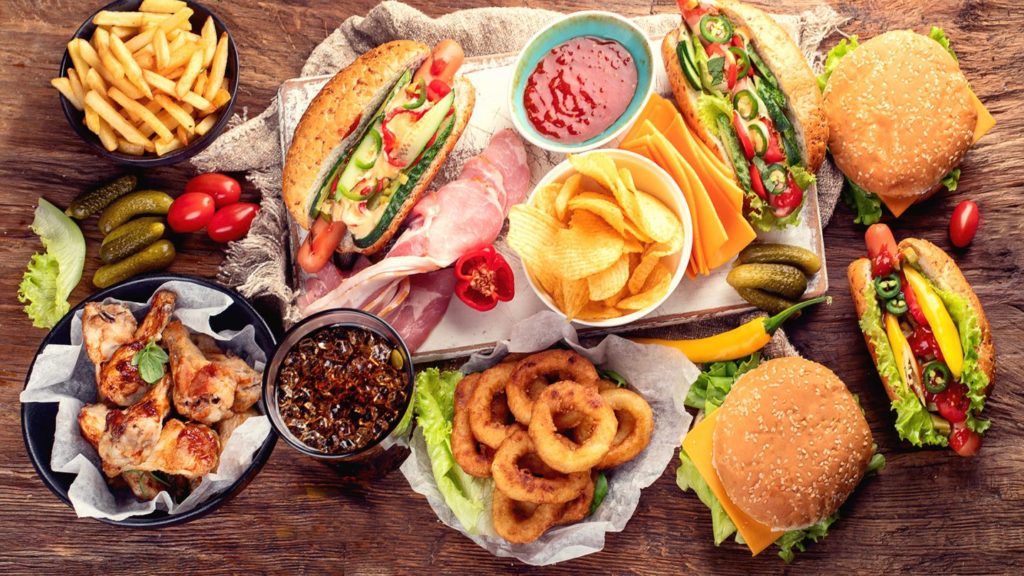
In a survey of US household spending on food purchases, the US Department of Agriculture’s Bureau of Economic Analysis (USS) found that Americans spend a considerable proportion of their budget on food items, which are among the most unhealthy.
The average American household spends the largest part of its food budget on refined grain products (almost 18%), followed by sugar and candy (almost 14%). The next category on the list is red meat (mostly from large farms where animals are grain-fed) followed by frozen or chilled side dishes and drinks.
At the far end of the list are the foods Americans spend the least on: 0.5% of the budget for dark green vegetables and a similar amount on orange vegetables. Other vegetables account for less than 4% of food expenditure, and unprocessed fruit is just over 6%
To stay healthy, I always recommend that you spend 90% of your food budget on natural products and only 10% on processed foods. Choosing from the list below can be the first step to properly nourishing your family.
***The Health Alphabet ****
A:
Avocado
Nutrients: almost twenty essential fatty acids, fiber, vitamin E, K, C, B vitamins, folic acid, iron, copper, phosphorus, and potassium (twice as much as in bananas).
Main Health Benefits: Helps to maintain healthy blood pressure, promotes heart function, improves metabolism, and reduces the risk of heart attacks, and ensures good and restful sleep.
Other advantages: low fructose content; thick skin protects the inside of the avocado from pesticides.
Almonds
Nutrients: fiber, protein, vitamin E, biotin, minerals.
Main Health Benefits: Protect cells from aging, Alzheimer’s, and heart disease, and are effective for weight loss as they accelerate metabolism.
Acai
Acai is berries found in the Amazon rainforests. They are used to heal, strengthen the body, and give it energy. They stimulate the immune system and also have strong antioxidant properties due to the elevated level of anthocyanins. Acai improves the health and functioning of the heart, helps in weight loss, improves skin health, improves digestion, and increases energy. These berries contain mineral salts, potassium, manganese, copper, iron, and magnesium.
Amaranth
Called the grain of the 21st century! Its seeds are superior to traditional grains in terms of the most important nutrients. As early as 1972, was discovered that amaranth seeds were high in lysine-rich protein (twice as much as wheat protein). The protein of this plant exceeds the quality of not only wheat, corn, or barley but is even better than milk protein. Medical prophylaxis has confirmed the health-promoting effect of amaranth products, which have antiatherosclerosis and anti-cancer properties and are useful in combating constipation. It is also worth mentioning that amaranth products are the basic component of the diet of American cosmonauts during space expeditions.
Apples
Apples are at the top of our list for a reason. They contain a lot of vitamins, valuable elements, easily digestible sugars, and fiber. Fiber supports digestion and allows you to quickly satisfy your hunger. Apples are best eaten raw, but drinking their juice is also recommended. One apple a day is enough for us to be healthier.
Artichokes
Ghrelin is your body’s “I’m hungry” hormone, which is suppressed when your stomach is full, so eating satiating high-fiber and high-protein foods is an easy decision. The humble artichoke is a winner on both counts: It has twice as much fiber as kale (10.3 g per medium artichoke, or 40 percent of the daily fiber the average woman needs) and one of the highest protein counts among vegetables. Boil and eat the whole shebang as a self-contained salad (why not add a little goat cheese and sun-dried tomatoes?), toss the leaves with your favorite greens and dressing, or peel and pop the hearts onto healthy pizzas and flatbreads and lose belly fat.
B:
Broccoli
Nutrients: vitamin K and C, chromium, fiber, pantothenic acid.
Main health benefits: lower cholesterol, strongly detoxify the body, have anti-inflammatory and antioxidant properties, prevent cancer, and regulate the digestive system.
Other benefits: fresh broccoli sprouts contain up to one hundred times more valuable anti-cancer glucoraphanin than whole broccoli.
Brussels sprouts
Nutrients: vitamin A, C, E, K, B vitamins, magnesium, copper, zinc, iron, calcium, selenium, potassium, folic acid, antioxidants.
Main health benefits: improving digestion, removing constipation, helping to lose weight, detoxifying the body, protection against cancer (against prostate, breast, lung, stomach, and colon cancer).
Other advantages: thanks to the content of folic acid, it is important in the diet of pregnant women and has a beneficial effect on male fertility.
Bell peppers
You may have heard that spicy hot peppers can help you scorch calories, but did you know that mild peppers can have the same effect? Thanks to a metabolism-boosting compound, dihydrocapsiate, and their high vitamin-C content, sweet red and green peppers can help you lose weight. A cup of these bell-shaped veggies serves up to three times the day’s recommended vitamin C—a nutrient that counteracts stress hormones that trigger fat storage around the midsection.
Berries
Nutrients: vitamins K and C, manganese, fiber, copper.
Main health benefits: contain the highest amount of antioxidants of any fruit and vegetable, protect blood vessels and heart, help with diabetes, improve eyesight, prevent cancer and all kinds of infections, soothe inflammation in the gut.
Beetroot
Nutrients: vitamin C, B vitamins, fiber, iron, potassium, magnesium, calcium, phosphorus, copper, carotene, bioflavonoids, betanin, folic acid (in substantial amounts).
Main health benefits: help fight cancer and viruses, regulate high blood pressure, relieve menopausal discomfort, help fight anemia, fight heartburn and constipation, improve memory and concentration, have detoxifying properties.
Other advantages: low caloric content.
Black Sapote
Known as the “chocolate pudding fruit: black sapote tastes like … chocolate pudding. No wonder it is an Eat This, Not That! favorite! Deceptively rich and creamy, a 100-gram serving has 130 calories and 191 mg of vitamin C, or twice that of an orange. (That’s a mic drop, chocolate pudding.) A study published in Food Research International found black sapote to be a thorough source of carotenoids and catechins, which spur the release of fat from fat cells and help the liver convert fat into energy.
C:
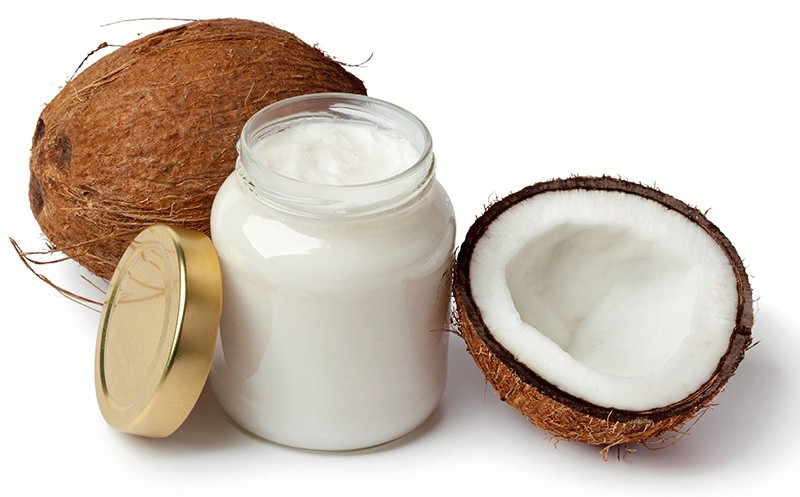
Chia
Nutrients: high-quality protein, fiber, B vitamins, calcium, phosphorus, magnesium, potassium, sodium, and essential fatty acids.
Key Health Benefits: Chia seeds help regulate digestion, improve concentration and overall brain activity, keep you full for several hours, and are a natural source of antioxidants.
Other Benefits: Chia seeds are gluten-free.
Cauliflower
Nutrients: vitamin C, K, B vitamins, fiber, phosphorus, magnesium, potassium, manganese, folic acid, and pantothenic acid.
Main health benefits: it has a beneficial effect on brain function, soothes inflammation and anti-cancer conditions, and detoxifies the body.
Cabbage
Nutrients: vitamin C, E, K, P, B vitamins and magnesium, calcium, potassium
and sulfur.
Main Health Benefits: Anti-inflammatory properties, treat peptic ulcer disease and anemia, helps maintain the good condition of hair, skin, and nails.
Carrot
Nutrients: provitamin A, vitamins K, C, B6, biotin, fiber, potassium, manganese.
Main Health Benefits: It is a rich source of antioxidants, reduces the risk of cardiovascular disease, improves eyesight, lowers cholesterol, strengthens the immune system, removes free radicals, and reduces the risk of colon cancer.
Cashews
Nutrients: copper, phosphorus, manganese, magnesium, zinc.
Main Health Benefits: regulate cholesterol and digestion, improve mood, strengthen bones, reduce the risk of gallstones, prevent gallbladder disease and obesity.
Coconut Oil
In addition to being very healthy for the thyroid gland and metabolism, coconut oil is also rich in lauric acid, which the body converts into monolaurin, a mono-glyceride capable of destroying lipid-coated viruses. It contains medium-chain fatty acids (MCTs), which also provide several health benefits, including improving the body’s metabolism.
Celery
Ribbed celery is considered one of the oldest vegetables. Even the ancient Egyptians ate wild celery. As a close relative of parsley, celery is believed to have medicinal properties. This vegetable contains a lot of vitamins. Celery leaves contain B vitamins, vitamin E, and minerals – celery has the most phosphorus among the root vegetables, a lot of calcium, potassium, and zinc, as well as some magnesium and iron. Modern scientific research has proven that celery has as many as eighty-six different substances that positively affect human health. German and Chinese scientists confirmed that the essential oil of celery has a calming effect on the central nervous system. Subsequent studies have shown that celery seed oil is useful in treating high blood pressure.
D:
Dry fruits/seeds and nuts
Nuts and seeds are primarily a rich source of valuable fatty acids (omega-3 and omega-6), as well as B vitamins and vitamin E. They also contain minerals such as magnesium, phosphorus, selenium, potassium, zinc, and iron. Dried fruits, on the other hand (the healthiest ones are apricots, cranberries, plums), have less fat than nuts, but are also rich in many vitamins (e.g., A, B, D, E, K) and minerals. They contain a lot of sugar, so eating a few pieces a day is enough. Including this group of foods in your daily diet has a positive effect on the development of nerve cells, good mood, and immunity. They also reduce the risk of cardiovascular diseases, regulate the level of cholesterol and sugar in the body, and strengthen the skin, hair, and nails. It is very important to choose only dried non-sulfurized fruit, and nuts – non-rancid! Only these are valuable foods – the rest have carcinogenic compounds, can irritate the digestive system, and cause severe allergies.
Dark Chocolate
It must be bitter, i.e., contains a large amount of cocoa. This helps to maintain normal blood pressure, lowers the level of bad cholesterol, and – due to a large number of antioxidants – fights free radicals responsible for the aging processes of the body and the development of cancer
E:
Endive
Nutrients: easily digestible protein, vitamin C, provitamin A, B vitamins, folic acid, potassium, calcium, and iron.
Main health benefits: regulation of digestive processes, high antioxidant potential, beneficial effect on the nervous system.
Other benefits: improvement of the condition of hair, skin, and nails.
Eggs
Nutrients: all B vitamins, vitamins D, A, high-quality protein, selenium, iodine, phosphorus, pantothenic acid.
Main health benefits: eggs provide the body with all the necessary amino acids, have an advantageous effect on the nervous, cardiovascular, brain, and eyesight systems.
G:
Garlic
Nutrients: vitamin B6, C, manganese, calcium, phosphorus, and selenium.
Main health benefits: reducing inflammation, improving blood circulation
and the functioning of the cardiovascular system, fighting cancer cells (cancer of the lung, breast, stomach, pancreas, and brain tumors), bactericide.
Other advantages: fight against dangerous free radicals (delays the visibility of aging processes)
Grapes
Grapes are one more fruit that is often overlooked because of their high sugar content, but do not let that deter you from snacking on a handful of these babies now and again. That is because both grapes and grape juice are rich sources of resveratrol, a phytochemical well studied for anti-cancer effects. Research suggests polyphenols in general, and resveratrol in particular, possess potent antioxidant and anti-inflammatory properties, and in laboratory studies, resveratrol prevented the kind of damage known to trigger the cancer process in cells, tissue, and animal models. According to the Memorial Sloan Kettering Cancer Center, resveratrol was found to inhibit the proliferation of cancer cells via apoptosis and by exerting anti-estrogenic effects, and reductions in breast cancer cell migration and invasion were observed after resveratrol supplementation.
Green peas
It is enough to make Popeye do a spit take: Despite their wimpy reputation, a cup of green peas contains eight times the protein of a cup of spinach. And with almost 100 percent of your daily value of vitamin C in a single cup, they will help keep your immune system adequate. Layer them into a mason jar salad or add them to an omelet to boost eggs’ satiating power.
Goji berries
Goji berry is a variety of red berries that grows on vines in the protected valleys of central Mongolia and Tibet. Many nutritional experts believe that goji is the healthiest possible natural food ingredient. Packed with a plethora of nutrients, vitamins, and minerals, they are a complete source of protein. They contain over a dozen different amino acids and twenty-one trace elements. Goji berries have fifty times more vitamin C than oranges. In turn, the beta-sitosterol contained in goji lowers cholesterol. In Asia, goji is used to regulate high blood sugar and to treat diabetes. They also help cleanse the liver of toxins. Goji berry tea helps with any digestive problems. The fatty acids and polysaccharides contained in blueberries can stimulate collagen production and retain moisture, which in turn has a positive effect on the condition of our skin.
Green Tea
Originally from China, green tea is a lightly caffeinated beverage with a wide array of medicinal properties. Green tea is rich in antioxidants and polyphenolic compounds which have strong anti-inflammatory effects. One of the most prevalent antioxidants in green tea is the catechin epigallocatechin gallate or EGCG. EGCG is likely what gives green tea its apparent ability to protect against chronic diseases including heart disease, diabetes, and cancer. Research also indicates that the combination of catechins and caffeine in green tea may make it an effective tool for weight loss in some people.
Ginger
Ginger comes from the root of a flowering plant from China. It is used as both a culinary flavor enhancer and for its multiple medicinal effects. Ginger root contains antioxidants, such as gingerol, that may be responsible for many of the reported health benefits associated with this food. Ginger may be effective for managing nausea and reducing pain from acute and chronic inflammatory conditions. It may also reduce your risk of chronic illnesses such as heart disease, dementia, and certain cancers. Ginger is available fresh, as an oil or juice, and in dried/powdered forms. It is easy to incorporate into soups, stir-fries, sauces, and teas.
K:
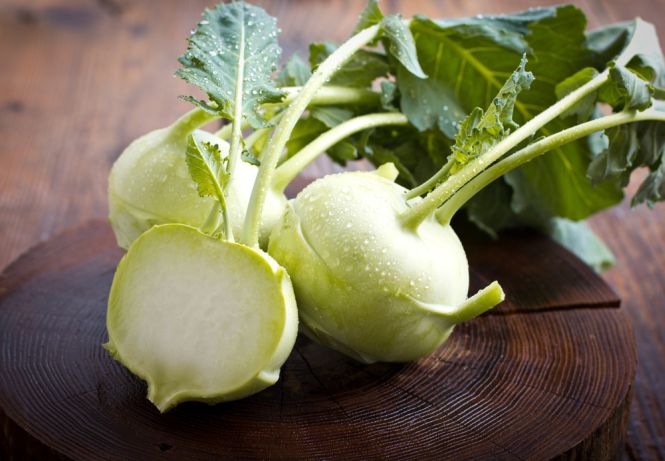
Kale
Nutrients: beta-carotene, vitamin C, K, and B group vitamins, folic acid, iron, calcium, potassium, copper and manganese, and flavonoids.
Main health benefits: prevents cancer, has anti-inflammatory and antioxidant properties, kale regulates estrogen levels, and fights colon diseases.
Kiwi
Nutrients: vitamin C, E, beta-carotene, fiber, magnesium, potassium, phosphorus, and copper.
Main health benefits: lowers blood pressure, destroys oral cancer cells, strengthens the body against colds, accelerates digestion and weight loss, fights constipation, and improves the condition of the eyes.
Kohlrabi
Nutrients: vitamin K and potassium.
Main health benefits: regulation of the body’s water balance, anti-hemorrhagic properties – prevents e.g., periodontitis and gingival bleeding.
Kefir
Kefir is a fermented beverage usually made from milk that contains protein, calcium, B vitamins, potassium, and probiotics. Kefir is similar to yogurt but has a thinner consistency and typically more probiotic strains than yogurt. Fermented, probiotic-rich foods like kefir have several associated health benefits, including reduced cholesterol, lowered blood pressure, improved digestion, and anti-inflammatory effects. Though kefir is traditionally made from cow’s milk, it is typically well tolerated by people with lactose intolerance due to the fermentation of the lactose by bacteria.
L:
Lemon
Nutrients: it is rich in vitamins C, A, E, and B vitamins, citric acid, as well as minerals: phosphorus, zinc, copper, potassium, magnesium, calcium, sodium, and iron, and in polyphenols such as rutin, quercetin, resveratrol, as well as hesperetin.
Main health benefits: improves immunity, prevents blood vessel bursting, helps with nausea, heartburn, digestive problems, and parasites, has strong bactericidal properties, promotes detoxification of the body.
Lentils
Nutrients: B vitamins, protein, phosphorus, iron, zinc.
Main health benefits: reduces blood cholesterol, provides a lot of energy.
Other Benefits: It is virtually fat-free and has a low glycemic index.
Liver
It contains iron, vitamins B12, B2, B5, B6, A, phosphorus, zinc, selenium, and folic acid.
Legumes
A reliable source of vegetable protein and fiber will be provided by beans, chickpeas, lentils, peas, or seasonally appearing broad beans in our country. They have an advantageous effect not only on our digestive system and lower cholesterol, but also soothe the nerves and make us feel full quickly. They can be treated as a valuable substitute for meat, the consumption of which should be limited.
Leafy greens
Dark, leafy greens are a reliable source of vitamin A, vitamin C, and calcium, as well as several phytochemicals (chemicals made by plants that have a positive effect on your health). They also add fiber to the diet. Try varieties such as spinach, Swiss chard, kale, collard greens, or mustard greens. Throw them into salads or sauté them in a little olive oil. You can also add greens to soups and stews.
M:
Mushrooms
Nutrients: protein, fiber, vitamin C, B vitamins, calcium, antioxidants, polyphenols, and selenium.
Main Health Benefits: Great antioxidant value, beneficial effects on the immune system, prevention, and treatment of cancer.
Millet groats
It is becoming increasingly popular and widely available. Rich in B vitamins, lecithin, and minerals such as calcium, phosphorus, potassium, iron, and silica. It does not contain gluten. It is an ideal product for diseases of the respiratory system, as it degummed the body. It is a major source of energy daily, and also warms up and nourishes the body. Millet with fruit is a wonderful start to the day.
O:
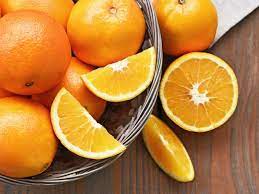
Onion
Nutrients: vitamin C, E, H, PP and K, B vitamins, zinc, potassium, magnesium, phosphorus, calcium, and sodium.
Main health benefits: fights colds, improves immunity, reduces the risk of cancer development, lowers blood pressure and cholesterol levels, prevents blood clots, prevents constipation, has a fungicidal effect.
Other advantages: lightens scars and stretch marks, eliminates inflammation in burns, frostbites, ulcers, and fights hangovers.
Olive oil
Nutrients: vitamins A, E, D, and K, mono- and polyunsaturated fatty acids, and polyphenols.
Main Health Benefits: Lowers the risk of heart disease, cancer, type 2 diabetes, helps control blood sugar, protects against asthma, acts as an anticoagulant, helps with gallstones, gastritis, gastric ulcer, and constipation.
Other benefits: minimizes the feeling of hunger.
Oranges
Like their yellow relatives, oranges are chock-full of vitamin C—just one of the tasty fruits provides a staggering 130 percent of your vitamin C needs for the day. However, what sets oranges apart from lemons is their apparent ability to lower women’s stroke risk. According to research reported in Stroke: Journal of the American Heart Association in 2012, eating higher amounts of a flavonoid called flavanone (which is abundant in oranges and grapefruits) may lower one’s chances of having an ischemic stroke. The study found that women who ate considerable amounts of flavanone had a 19 percent lower risk of ischemic stroke than women who consumed the least amount.
Oat flakes
Their valuable, even healing effects have been known since the dawn of time, but if prepared poorly, they are associated with a bland, breakfast mush. Meanwhile, porridge with fruit, dried fruits, and cinnamon can turn out to be not only a good energy injection for the entire day but also a warming dessert. Oatmeal can also be smuggled in diverse types of pancakes, healthy cookies, dumplings stuffing. Oats contain a lot of B vitamins, vitamin E, easily digestible protein, polyunsaturated fatty acids, calcium, iron, zinc. It is worth reaching for oatmeal in periods of mental exhaustion and decreased immunity.
P:
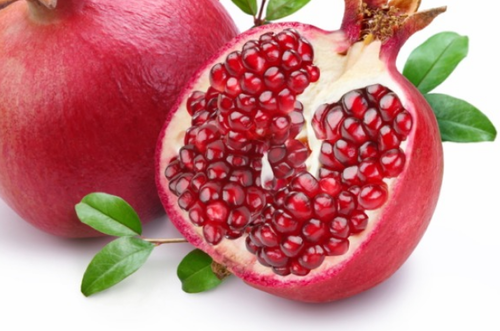
Pumpkin
Nutrients: vitamin K (content exceeding 400% of the daily requirement), beta-carotene, fiber, vitamins C, E, and B group vitamins, calcium, magnesium, antioxidants.
Main health benefits: prevention of cancer, macular degeneration, atherosclerosis, hypertension, regulation of insulin activity, reduction of an enlarged prostate, and elimination of parasites.
Other advantages: low calorie and de-acidifying properties of the body.
Pineapple
Nutrients: vitamins B1, B2, B3, B6, folic acid, and A, E, K. It contains the minerals necessary for the body: potassium, magnesium, calcium, phosphorus, manganese, copper, iron, zinc, and sodium.
Main Health Benefits: Supports immune system function, increases, and maintains bone strength, supports eye health, contains pain-reducing enzymes.
Other advantages: it can be used to prepare nutritious cocktails and smoothies.
Pomegranate
Nutrients: conjugated fatty acids, vitamin B1, B2, C, magnesium, and potassium.
Main health benefits: protection of the heart and prostate, alleviation of inflammation, especially in arthritis, lowering blood pressure, anti-cancer effect.
Other advantages: improves libido, prevents the aging process of the body, has a rejuvenating effect.
Prunes
Nutrients: an abundance of fiber, potassium, phosphorus, magnesium, calcium, zinc, iron, sodium, manganese, selenium, and vitamins B1, B2, B3, B6, C, A, E, and K.
Main Health Benefits: They are the best remedy, incl. for constipation, problems with the proper maintenance of the intestinal bacterial flora, indigestion, atherosclerosis, diabetes, obesity, liver detoxification, and supporting its proper functioning.
Other Benefits: Eating prunes helps maintain bone health.
Q:
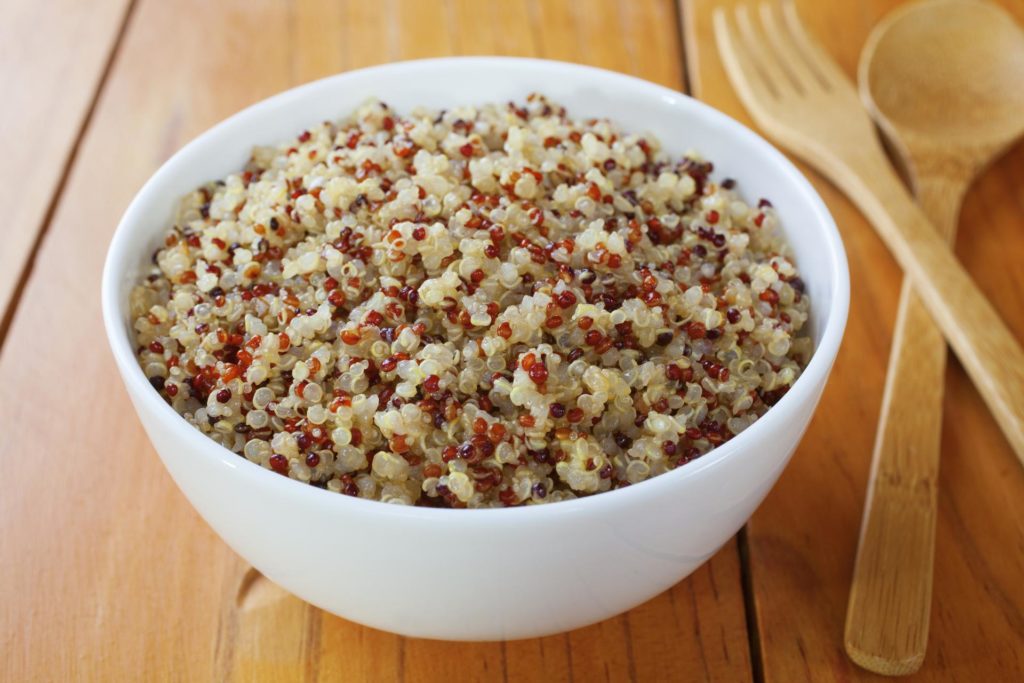
Quinoa
Quinoa is a very good source of wholesome protein, which is why vegetarians and vegans eagerly eat it. It has a very low glycemic index, so it can be consumed without fear by people struggling with diabetes. Consuming quinoa contributes to lowering bad cholesterol in the body, thanks to a large amount of unsaturated fatty acids, linolenic, oleic, and linoleic.
R:
Raspberries
Nutrients: fiber, organic acids, e.g., citric acid, malic acid, as well as salicylic acid, vitamin C, tannins, essential oils.
Main health benefits: increase immunity, protect the heart, prevent cancer, have anti-inflammatory properties, prevent seasonal allergies.
Other benefits: very low amount of calories, diaphoretic, and slimming effect.
Radish
Nutrients: sulfur, calcium, vitamin C, iron, potassium, and magnesium.
Main health benefits: stimulate hair growth, eliminate anemia, benefit the liver and gallbladder, remove inflammation, inhibit the formation of gallstones, and reduce persistent cough.
Romaine Lettuce
Romaine lettuce is affordable, easy to find, and one of the best sources of Vitamin A, Vitamin C, Omega 3 fatty acids, potassium, and magnesium. It also adds a nice punch of dietary fiber and is one of the more filling greens of all. Romaine is a sweeter green, which can be helpful if you are new to eating healthy and are not fond of more bitter greens just yet. Shred-it and use it as a base for salads, use it as a grain-free wrap, make a smoothie with it, juice with it, or just use it anywhere you would use kale or spinach. (Just keep in mind it does not cook up as well as those greens do because of its high-water content.)
S:
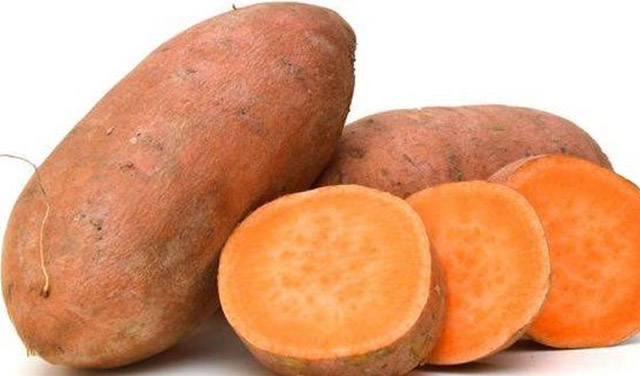
Sweet potatoes ( Batatas)
Nutrients: vitamin B6, C, potassium, copper, beta-carotene, fiber.
Main Health Benefits: Protects against cardiovascular disease and strengthens the nervous system. They help regulate blood sugar levels (support insulin metabolism) and reduce the risk of cancer.
Other advantages: when properly prepared, they are low in calories.
Spinach
Nutrients: vitamins, minerals, antioxidants, flavonoids, provitamin A, iron, potassium, calcium, zinc, folic acid, manganese, and selenium.
Main Health Benefits: Contains many antioxidants, keeps bones healthy, is anti-inflammatory, prevents cancer, protects the body against free radicals.
Seaweed
Seaweed is high in nutrients but exceptionally low in calories—a serving can be as low as thirty calories. Seaweed packs multiple nutrients, including vitamin K, folate, iodine, and fiber. Companies are working to incorporate seaweed into foods more palatable to western tongues, including bread, chips, and soups. According to researchers at the University of Newcastle upon Tyne and elsewhere, the benefits of seaweed include:
- Strengthening of mucus that protects the wall of the gut
- Slow digestion that releases energy over time
- Prevention of high blood pressure
- Detoxification properties that may aid the body in fighting cancer
- Regulation of hormones
Sea buckthorn
Nutrients: a lot of vitamin C (in sea buckthorn you can find even 1000 mg of vitamin C per 100 g of fruit), carotenoids, vitamin K1, B9, and vitamin P numerous anthocyanins, phospholipids, tannins, minerals, incl. manganese, silicon, phosphorus, calcium, iron.
Main health benefits: it is used to prevent bacterial and viral infections, it also has an analgesic and strengthening effect.
Other benefits: sea buckthorn is good for your beauty because, among other things, visibly rejuvenates and delays the aging process of the skin.
Spirulina
Spirulina is a microalga that has been cultivated and consumed by the indigenous peoples of Mexico and Africa for thousands of years.
The vast majority of people, however, are deterred by its smell because it is very characteristic. It is easily absorbed by our body, protects the immune system, helps to regulate cholesterol levels and metabolism, which contributes to weight loss. Spirulina should be added to cocktails and salads because this way you can reduce its specific smell by smuggling valuable minerals into the body. Spirulina is rich in antioxidants, beta-carotene, protein, iron, and vitamin B12. Thanks to its unusual properties, it strengthens the body’s immunity, lowers the level of bad cholesterol, and regulates the level of sugar in the blood.
Salmon
Salmon contains the omega-3 fatty acids EPA and DHA, which can benefit your cardiovascular system, mental and behavioral health, and digestive health. It can also help prevent premature death. Including salmon in your diet may also lower your risk of heart disease and diabetes and help you maintain a healthy weight. A potential drawback of eating salmon and other types of seafood is their contamination with heavy metals and other environmental pollutants. You can avoid potential negative effects by limiting your consumption of fish to two to three servings per week.
Sprouts
Known and appreciated for centuries in China, recently they have also been popular with us. They are extremely rich in easily digestible protein, vitamins, minerals, fatty acids, and amino acids. They have cleansing and strengthening properties. Like millet, they are alkaline, which means they remove excess mucus from the respiratory system. Sprouts are recommended for nursing mothers, preschoolers, and all those who have a lowered immune system, feel weakened and exhausted. It is worth preparing them yourself at home.
Sardines
Sardines are one of the most concentrated sources of omega-3 fatty acids, with over 50% of the recommended daily value in one serving.
They are also rich in other nutrients, from vitamin B12 and selenium to protein, calcium, and choline, making them one of the most versatile sources of animal-based omega-3s.
T:
Tomatoes
Nutrients: vitamin A, E, C, group B, potassium, manganese, phosphorus, bromine salts, lutein, zeaxanthin, flavonoids, glycosides, linoleic acid.
Key Health Benefits: Invaluable in managing obesity, diabetes, constipation, gout, heart, and kidney disease. Tomatoes reduce stress, soothe the nerves, and have anti-cancer properties.
Turmeric
a yellow-tinged “curry spice” often used in Indian cuisine – contains curcumin, a polyphenol that has been identified as the main active ingredient in this spice. It exhibits over 150 potentially therapeutic properties that include antioxidant, anti-inflammatory, and anti-cancer properties.
V:

Vegetable pickles
Nutrients: lactic acid, vitamins B1, B2, B3, C, A, E, K.
Main health benefits: regulate the intestinal flora, aid digestion, regulate metabolism, prevent constipation, reduce cholesterol, and strengthen hair, skin, and nails.
W:
Walnuts
Nutrients: omega three fatty acids, copper, manganese, B vitamins, vitamin E.
Main health benefits: good for heart and brain function, lower cholesterol, slow cell aging, are anti-inflammatory, and promote weight loss.
Wild rice
Wild rice is higher in antioxidants, fiber, protein, magnesium, and B vitamins than brown rice. It is also easier to digest than most grains and is packed with a nuttier, slightly sweeter flavor. Wild rice is affordable, is filled with antioxidants, and helps lower your cravings for sugary, processed foods like refined grain products (chips, crackers, etc.). It is also easy to add to soups, entrees, as a side or a base for roasted veggies, or you can cook it with some non-dairy milk and cinnamon as a sweet breakfast porridge. This is my absolute favorite type of rice. With its nutty, delicious flavor. Did you know, that is not rice at all?? It belongs to the grass family.
Y:
Young beets with greens
Nutrients: beta-carotene, vitamins C and E, manganese, zinc, potassium, iron, antioxidants.
Main health benefits: it deacidifies and detoxifies the body, improves intestinal function, has anti-inflammatory properties, regulates blood cholesterol levels, and fights skin imperfections.
Other benefits: low-calorie content.
Yogurt
It is not worth excluding it from the products we eat every day, because it is not only a reliable source of calcium and protein, but it is a probiotic and contains live bacteria cultures that help protect our body against various pathogens. Especially recommended are yogurts containing the following bacteria: Lactobacillus, L. acidophilus, L. bulgaricus, and S. thermophilus
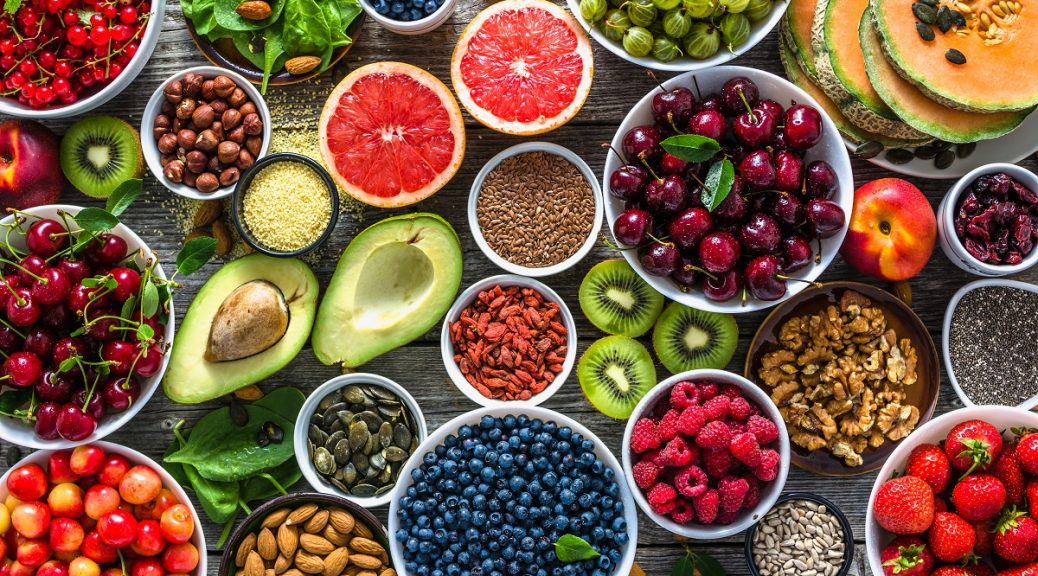
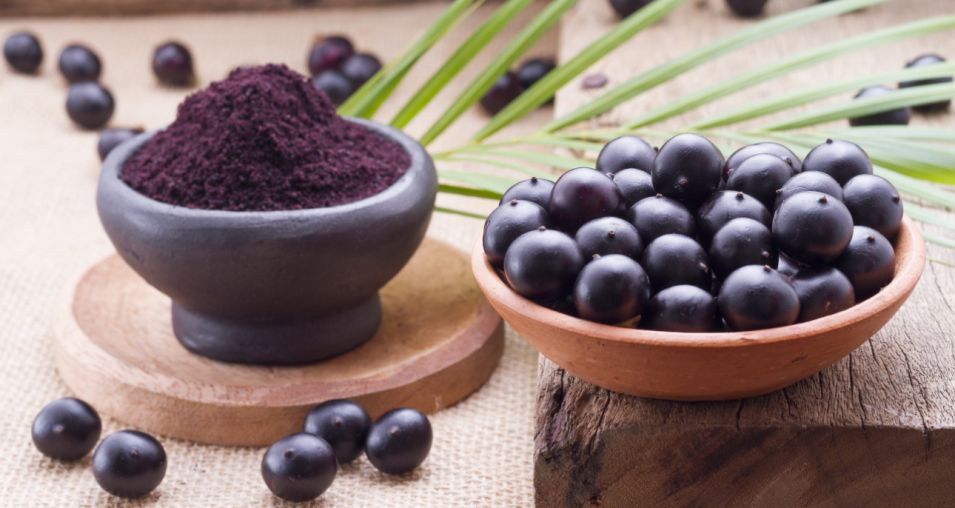

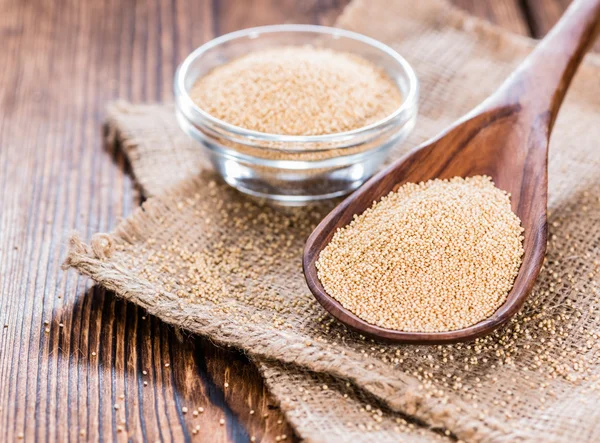
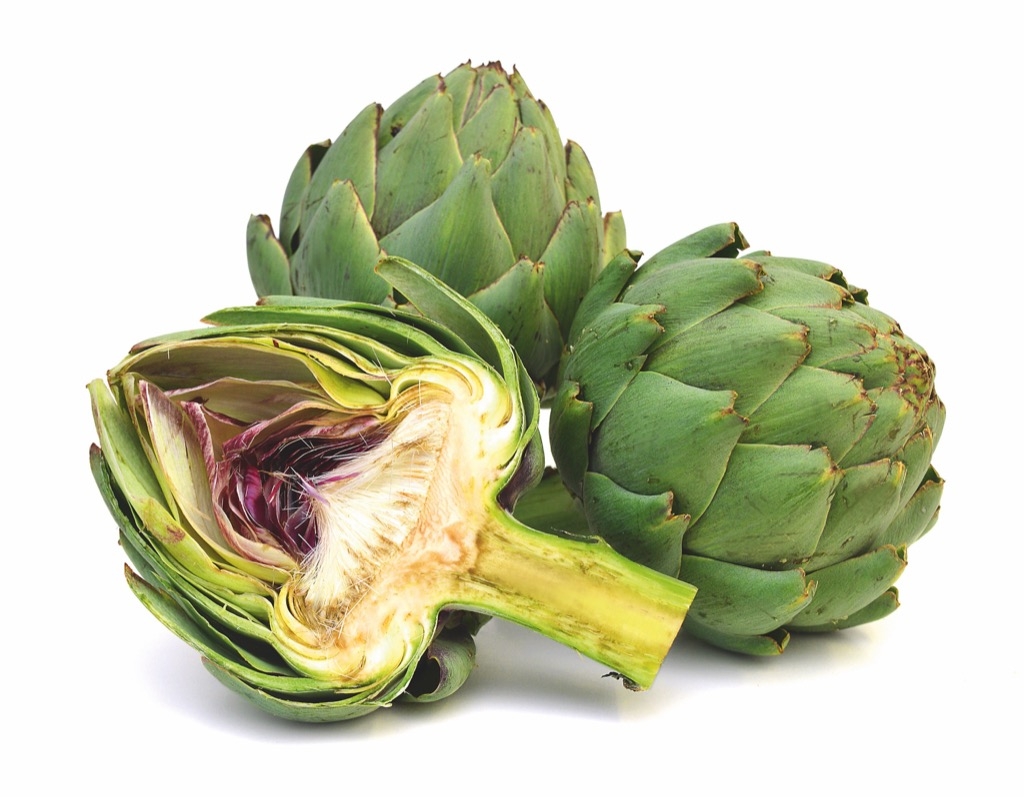
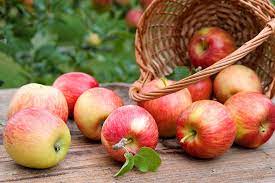
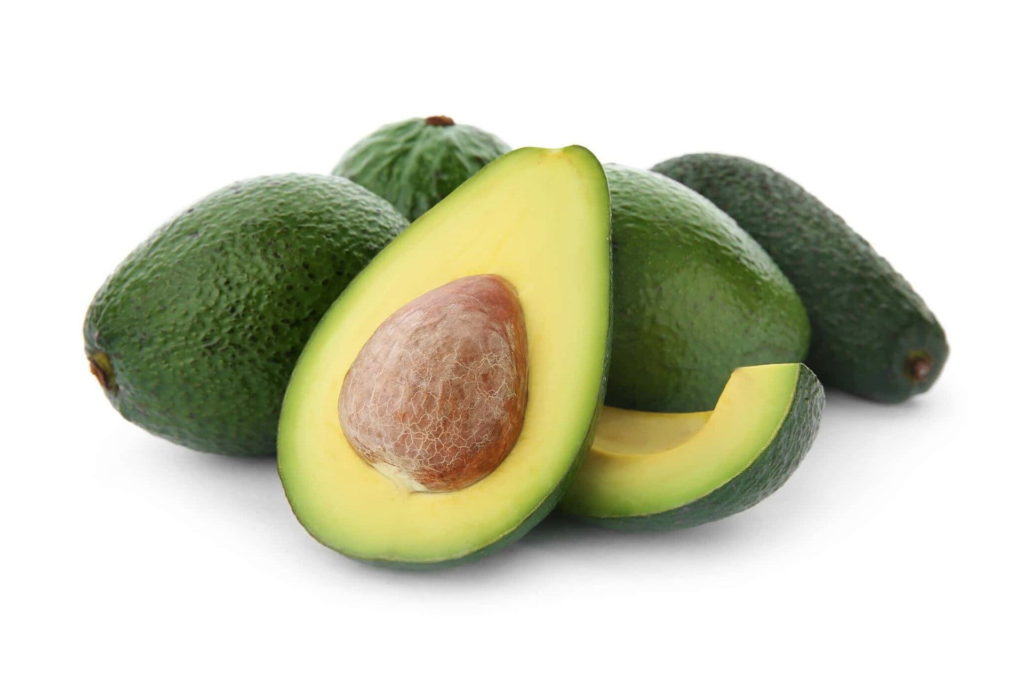
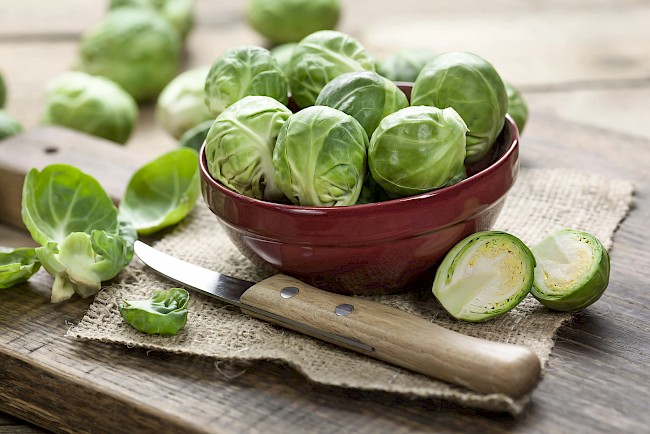
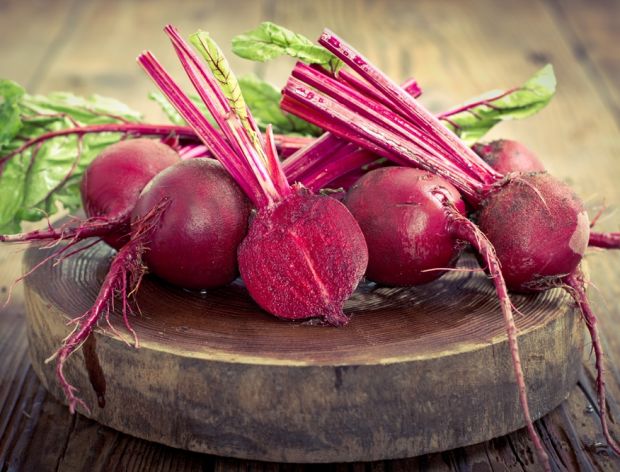
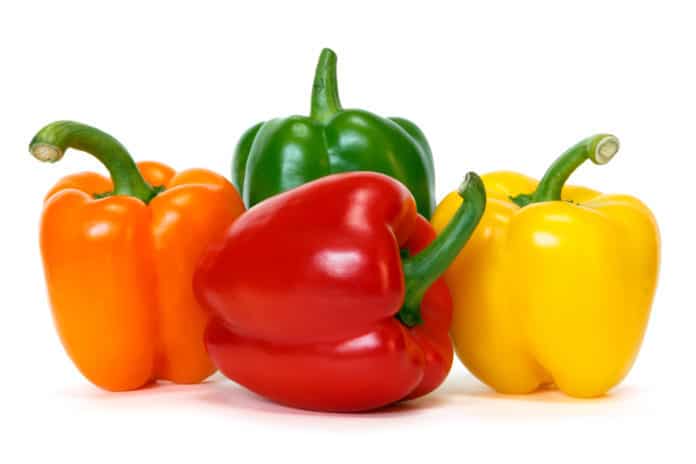
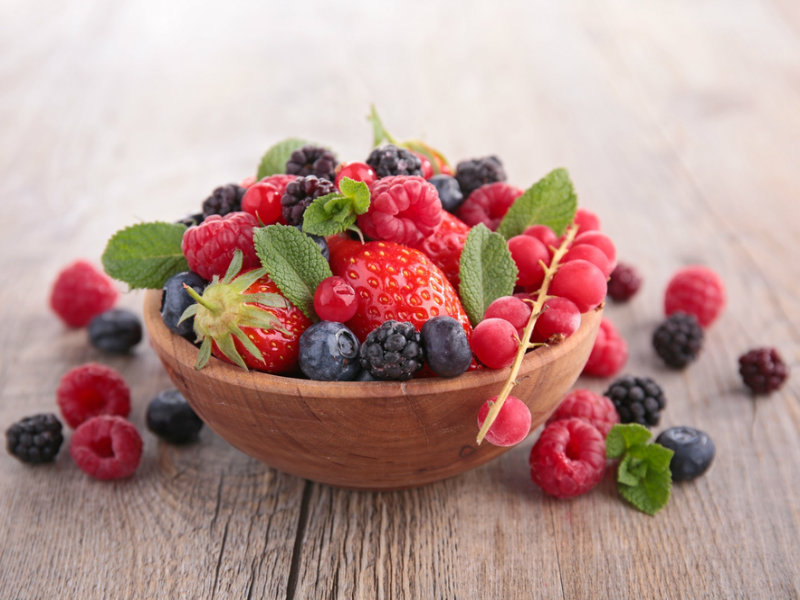
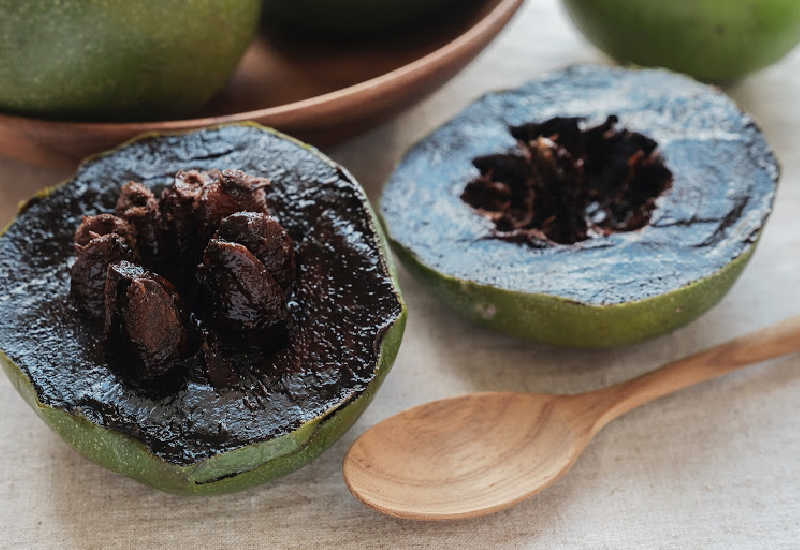

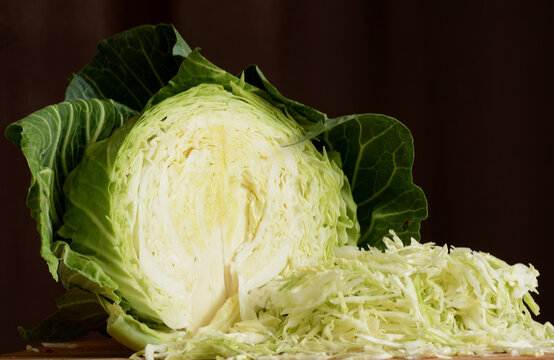
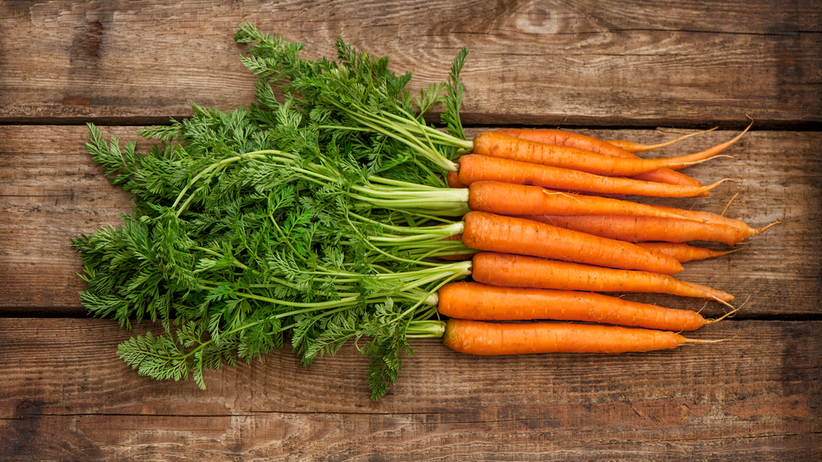
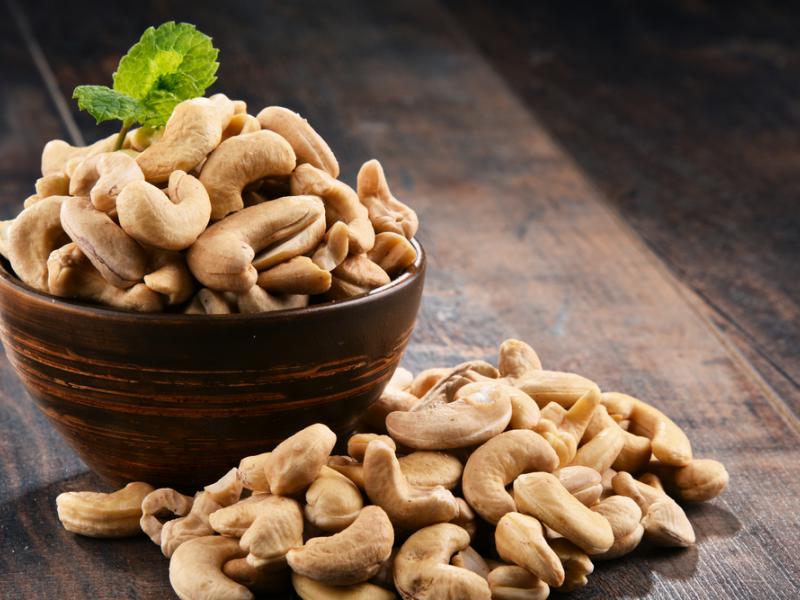





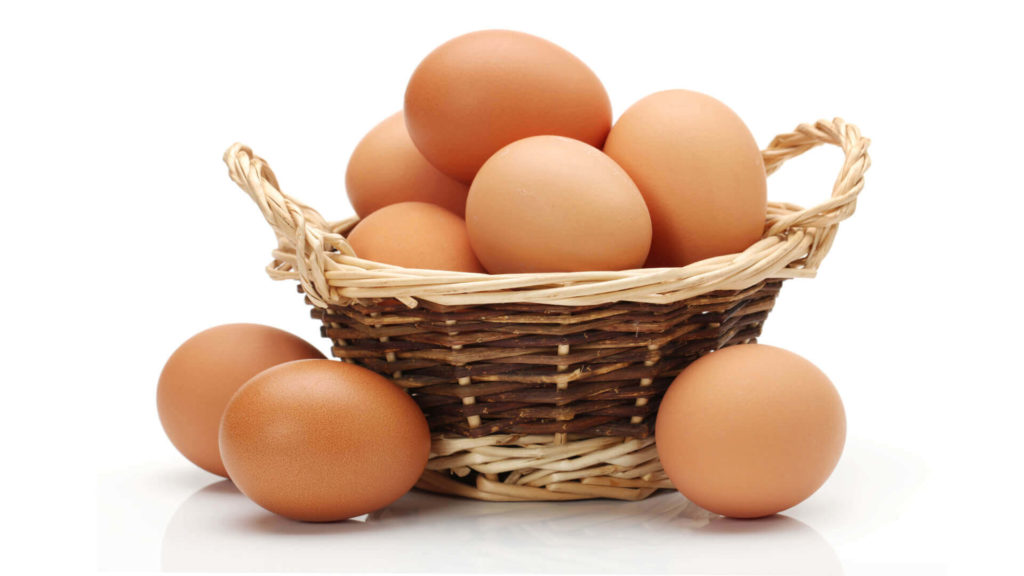
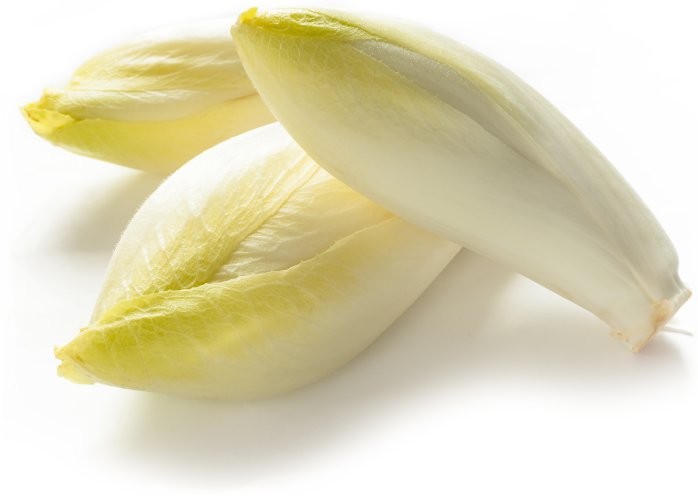
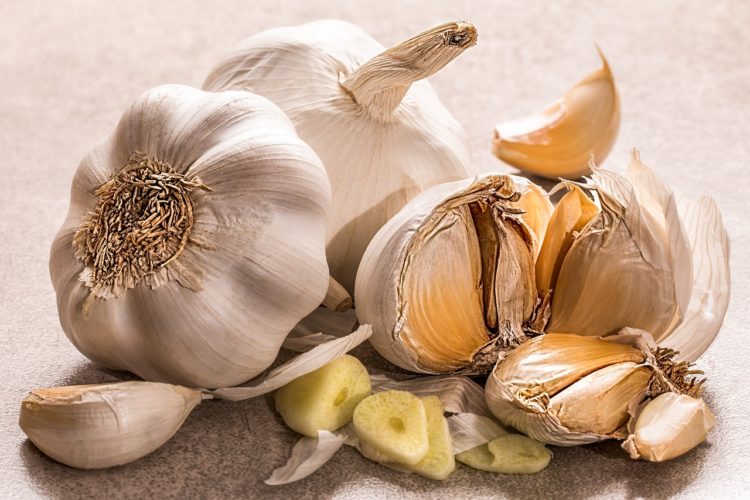

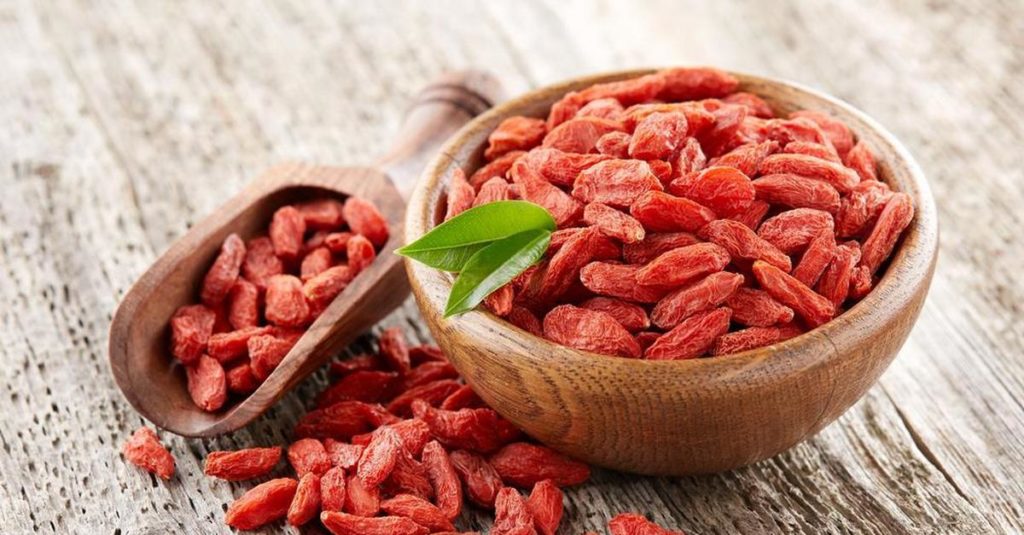

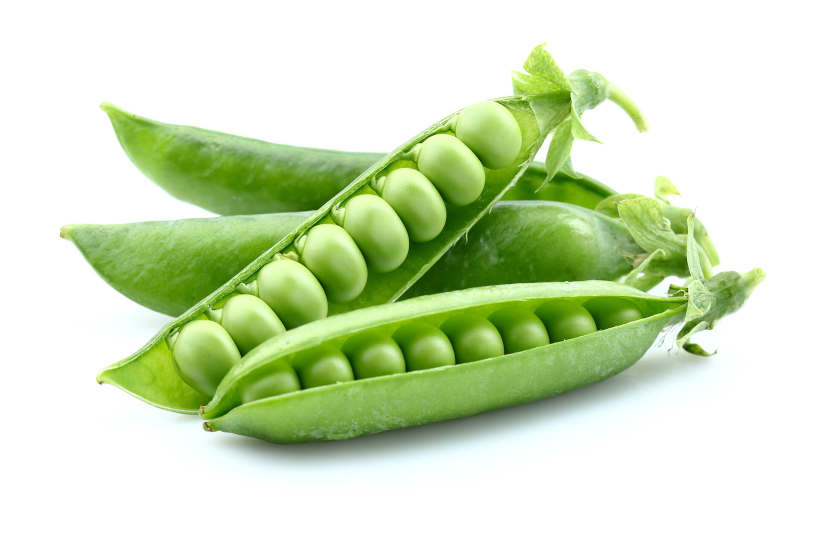
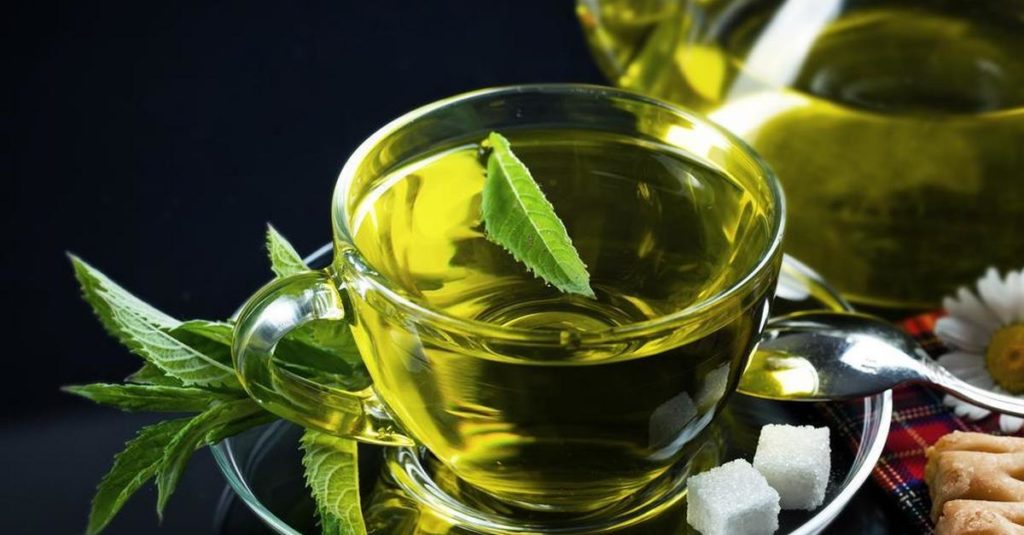
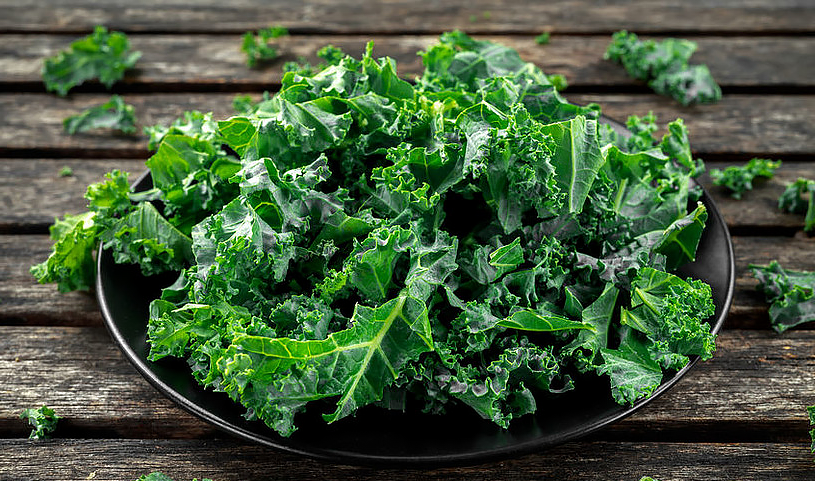
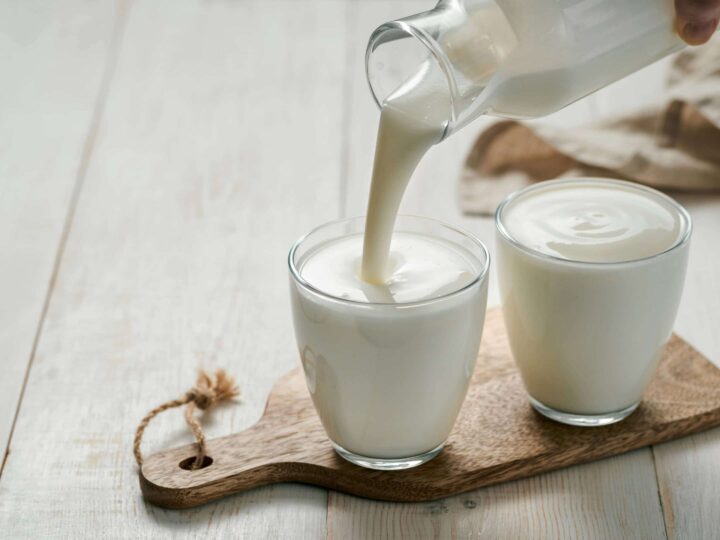

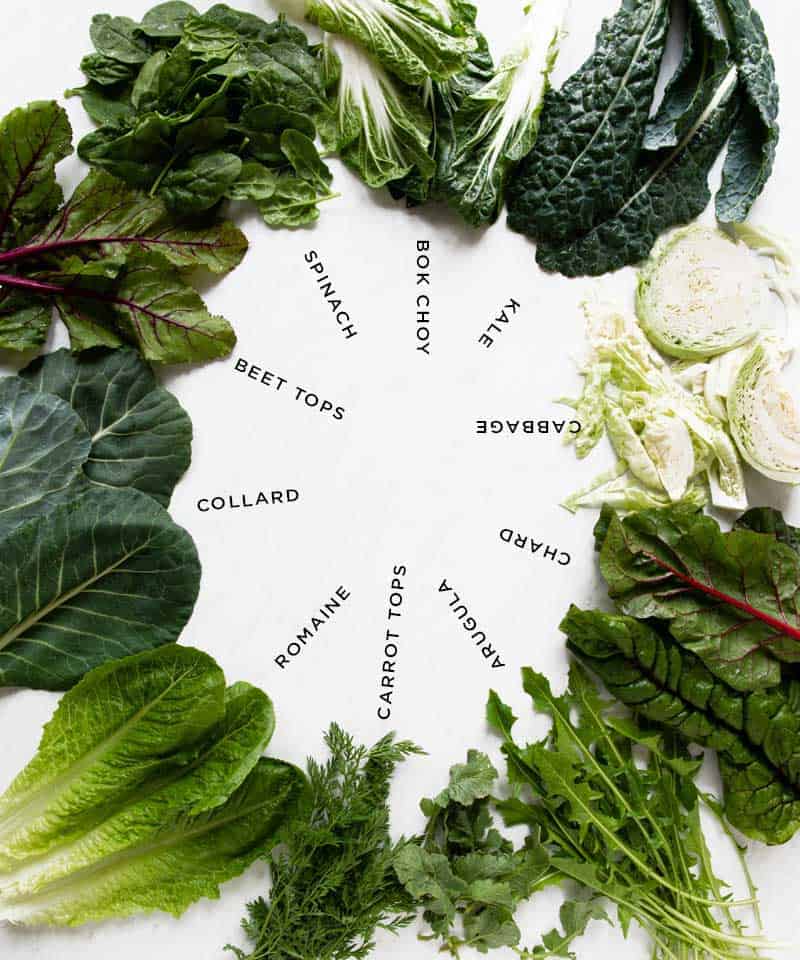
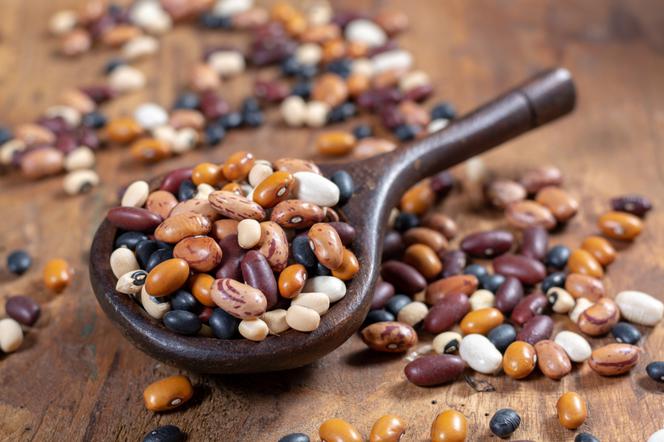

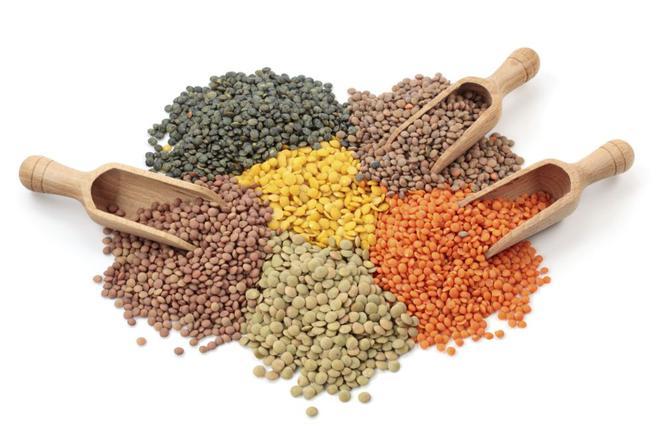



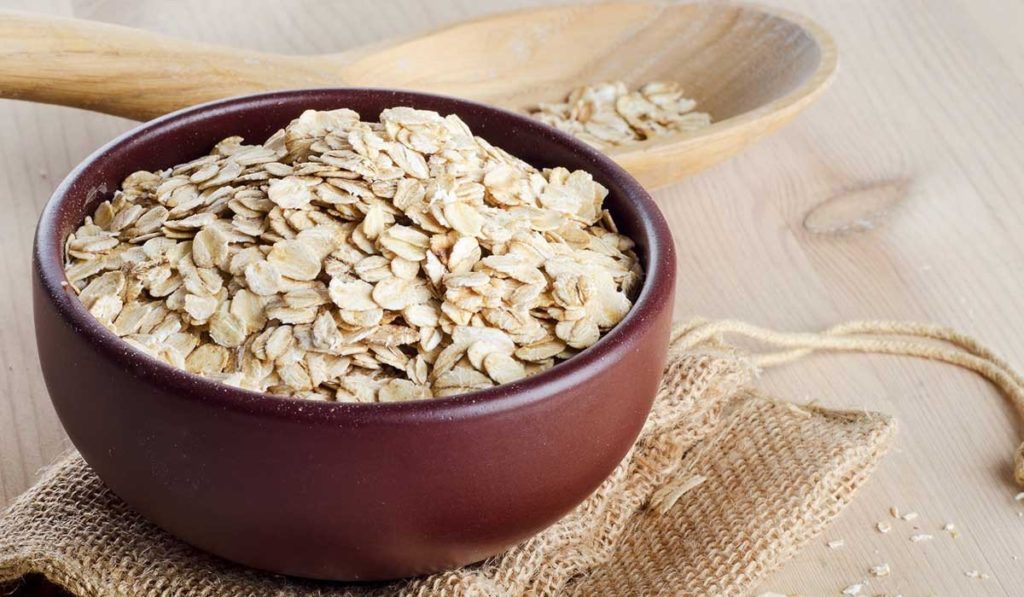

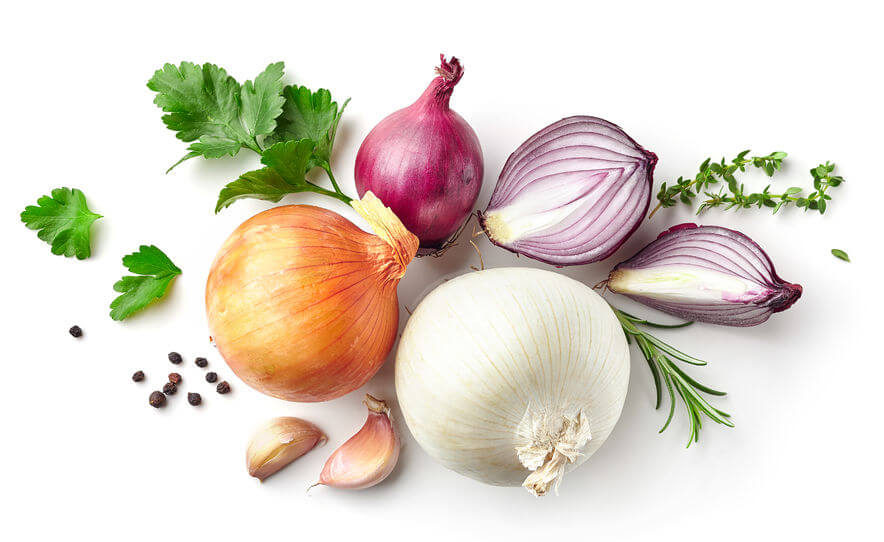

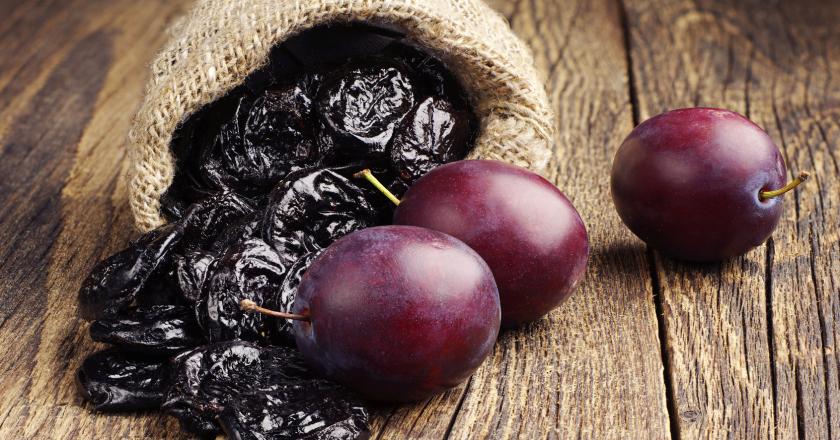



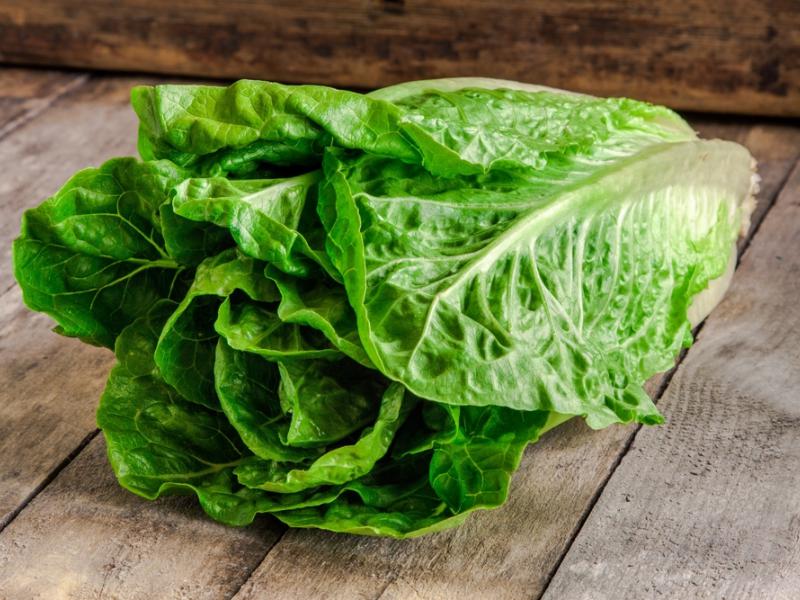
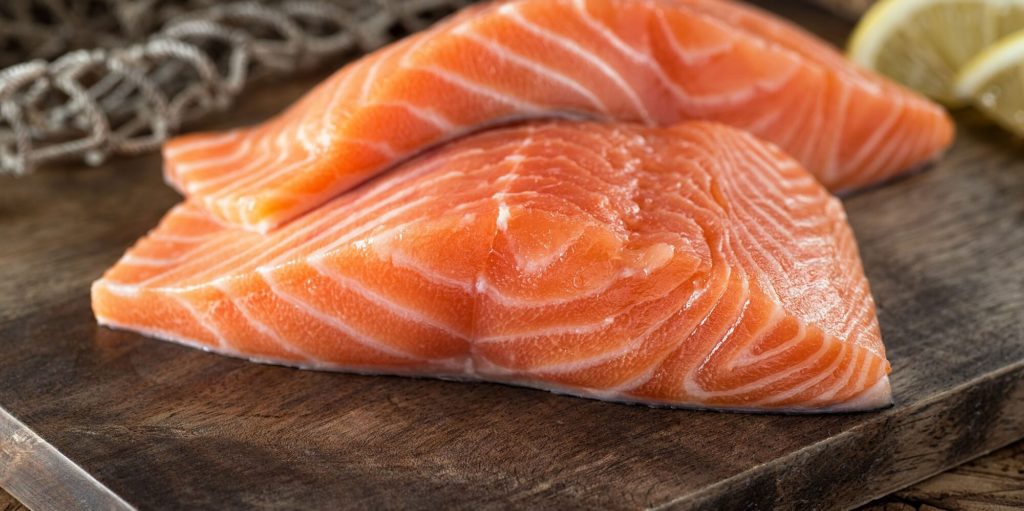
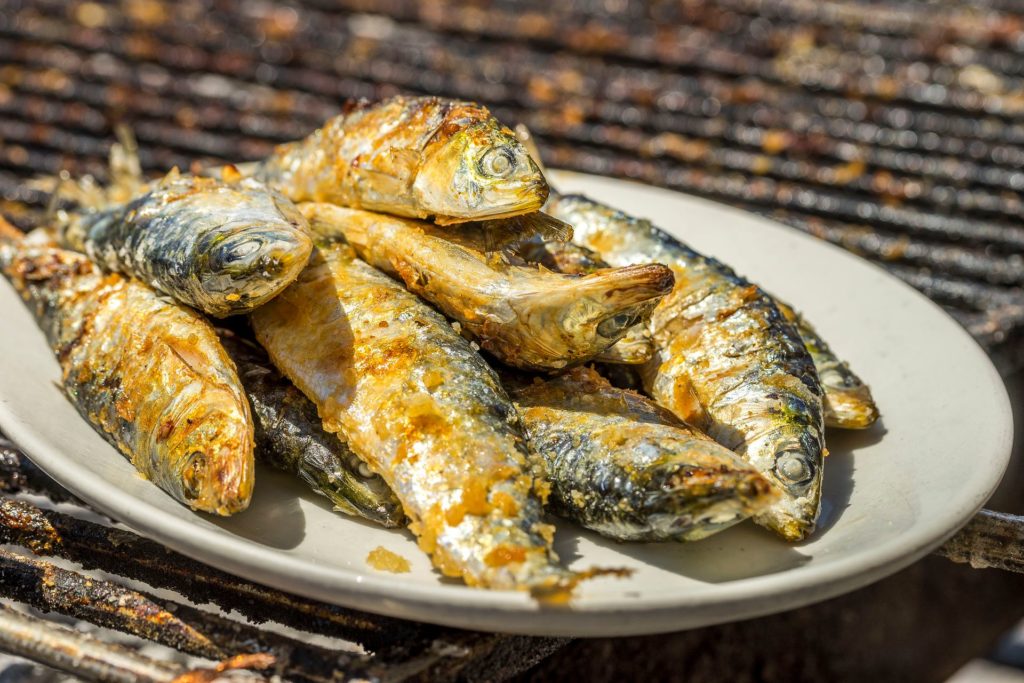
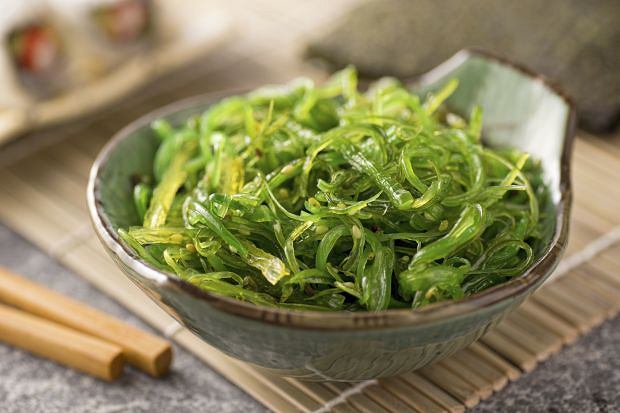

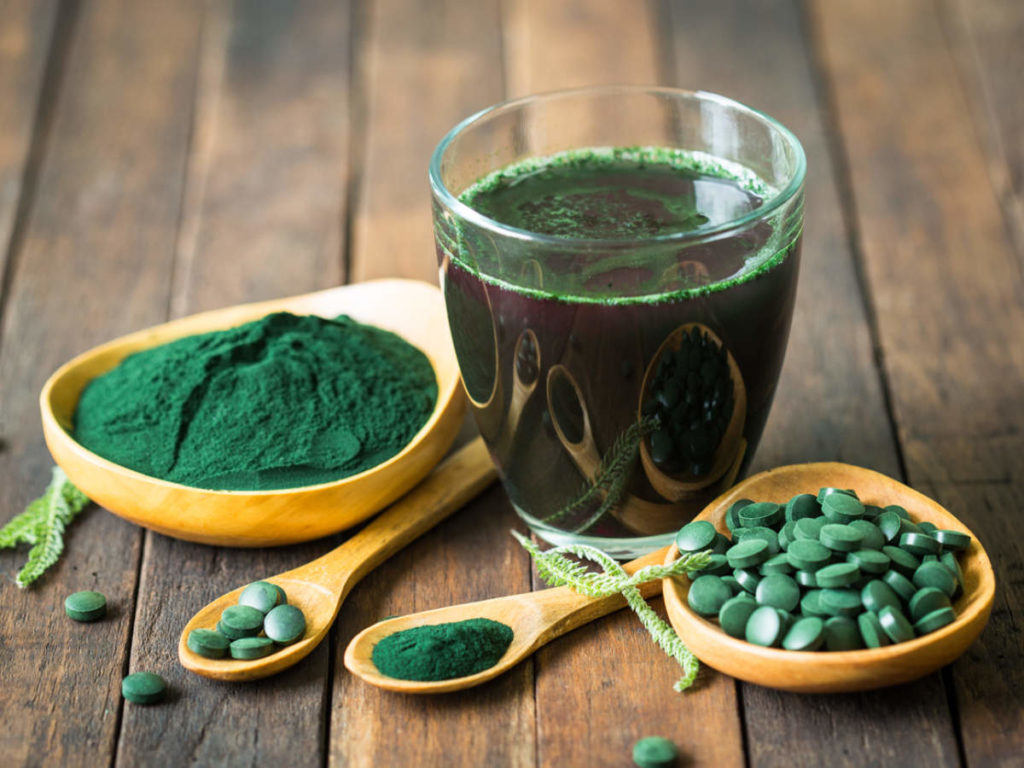
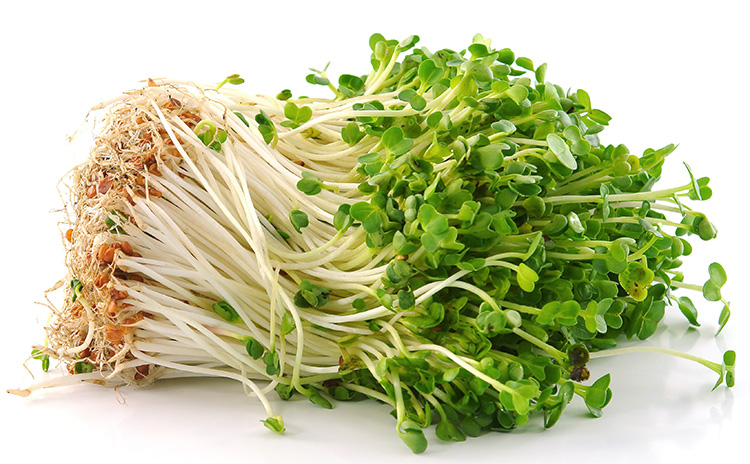
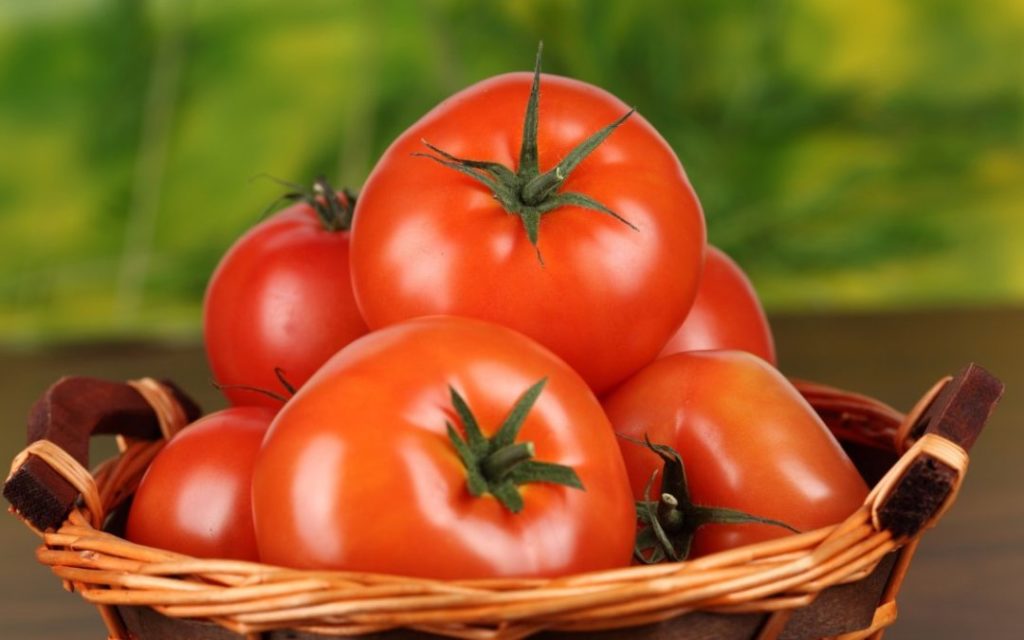


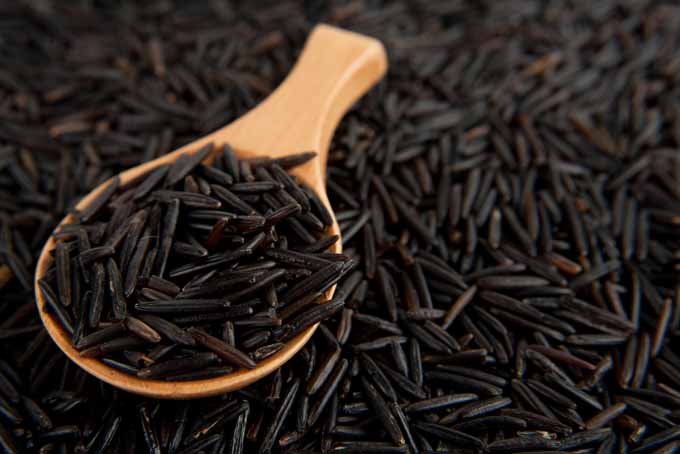
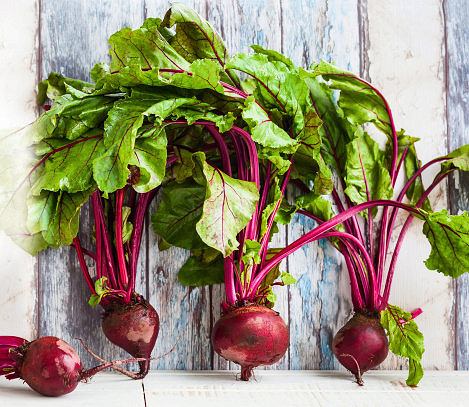
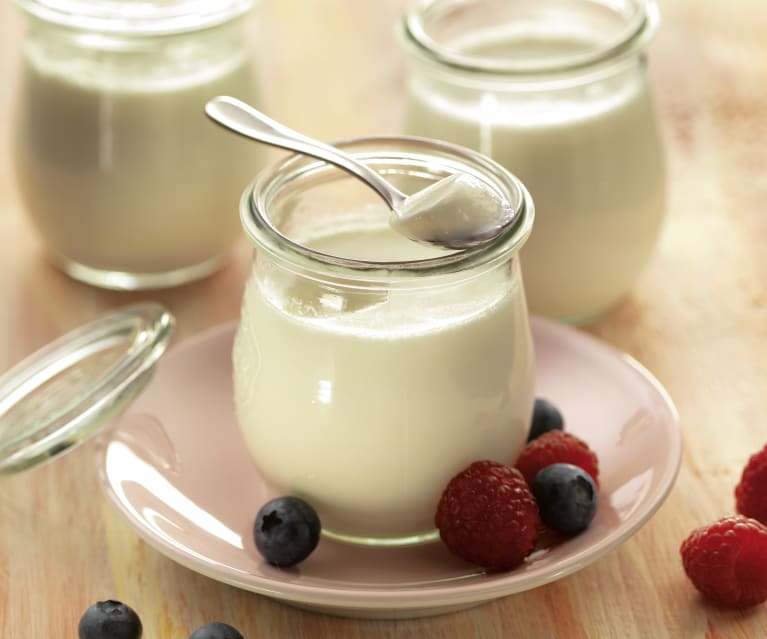
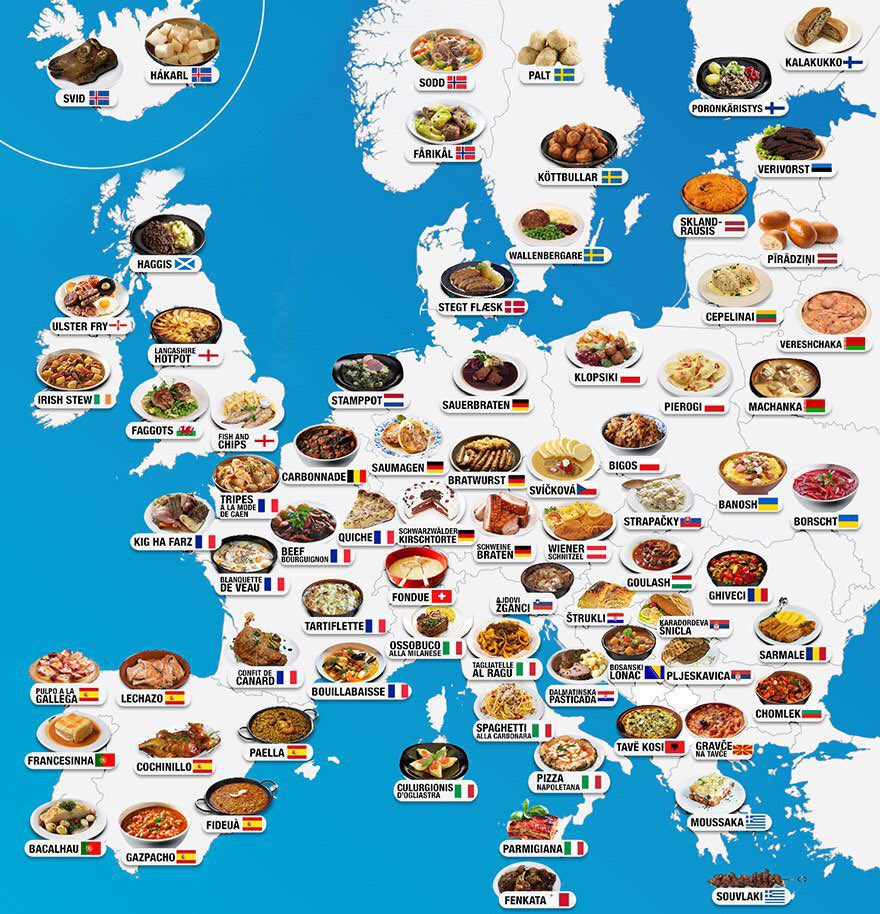


Nice content 👍
Good 🌟 post, nicely described.
The information you are providing is very helpful for me and other curious readers also. I am a new blogger in this huge world. I love to read articles.
Thank You.